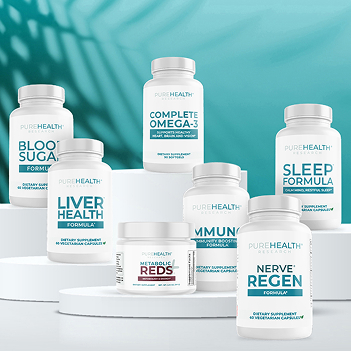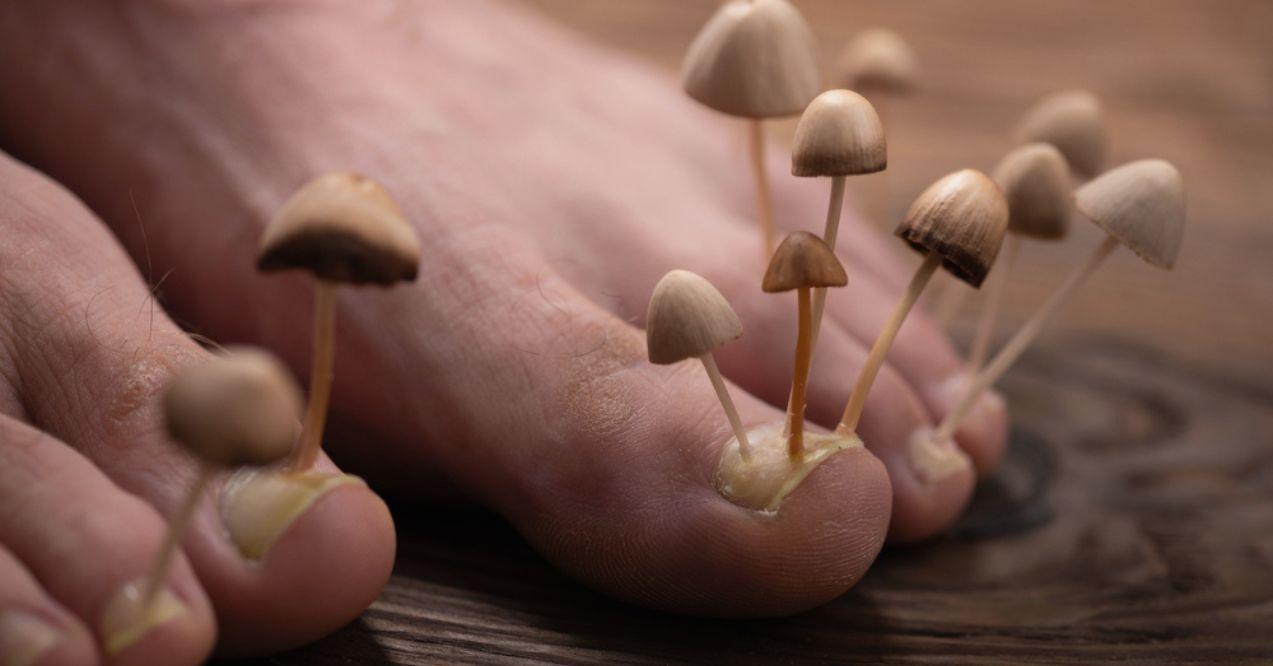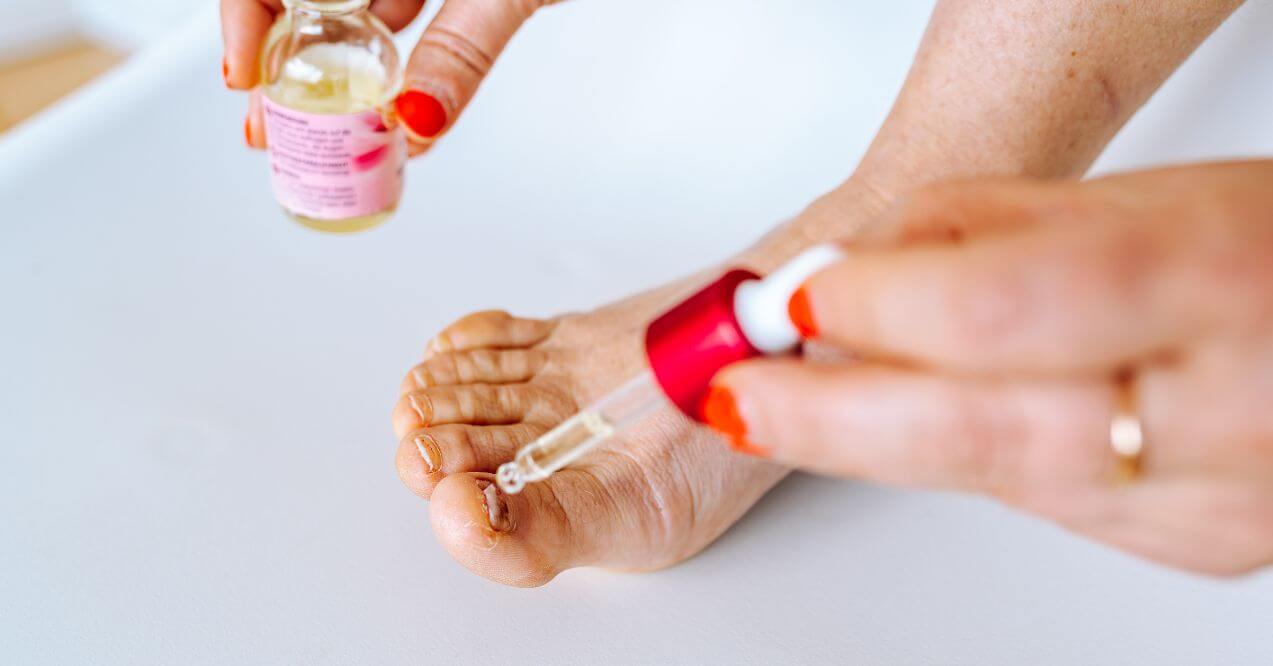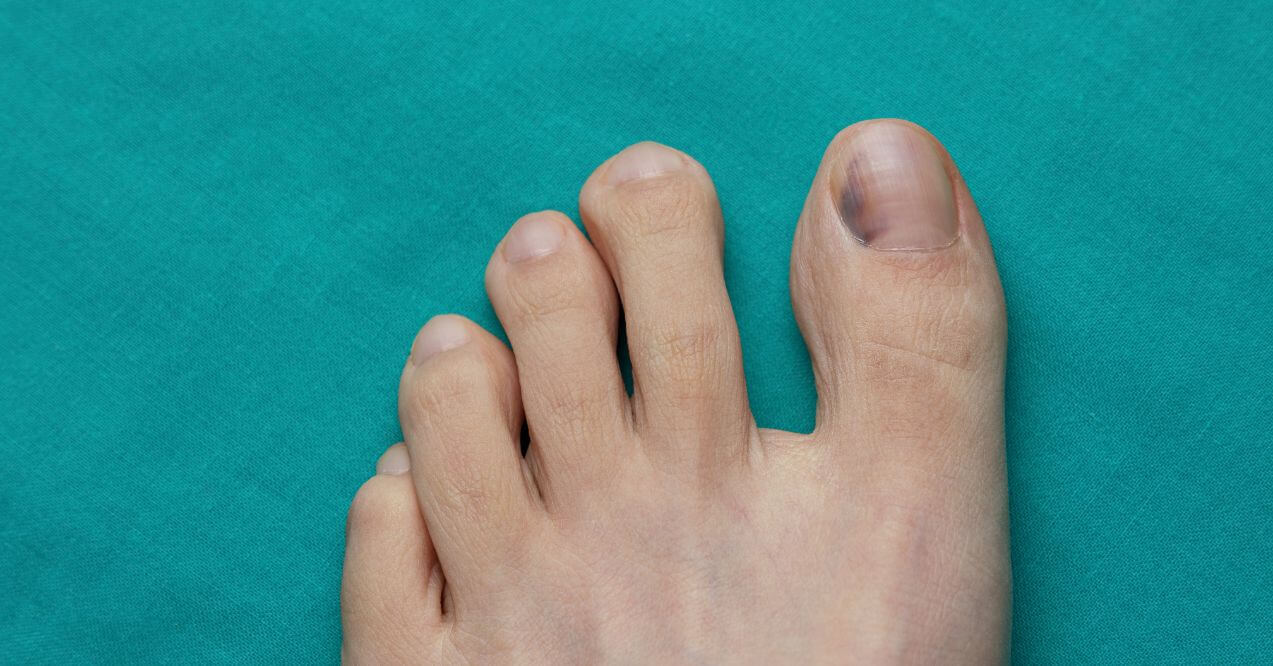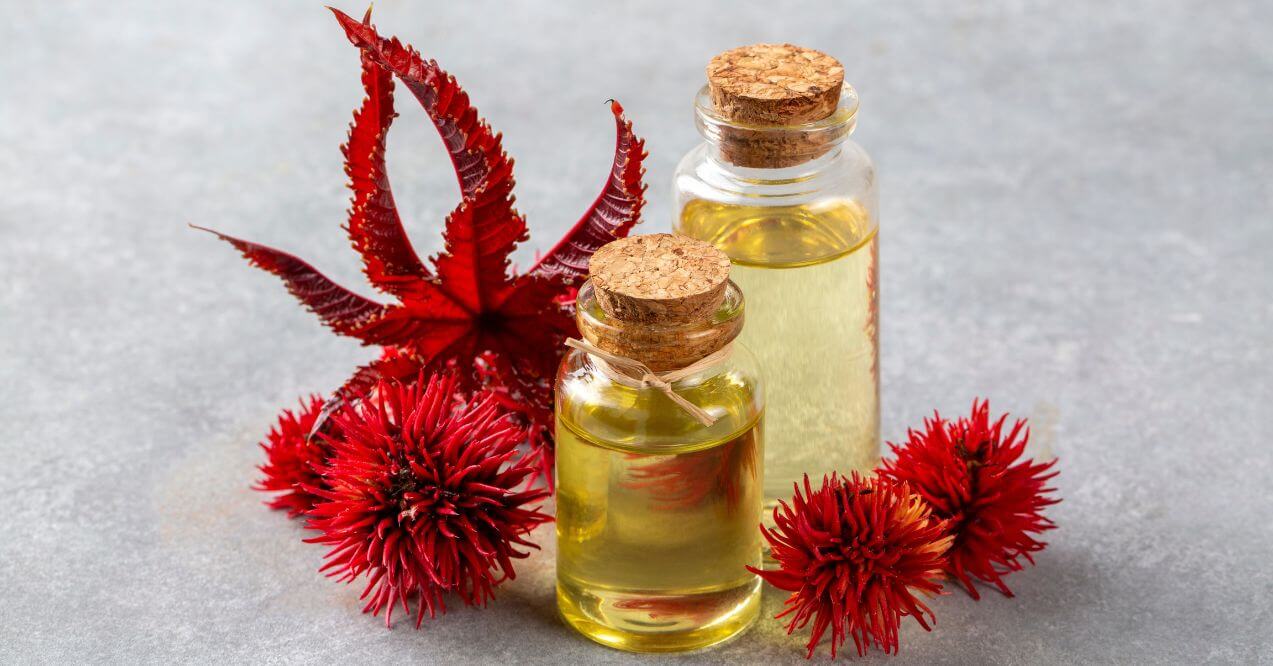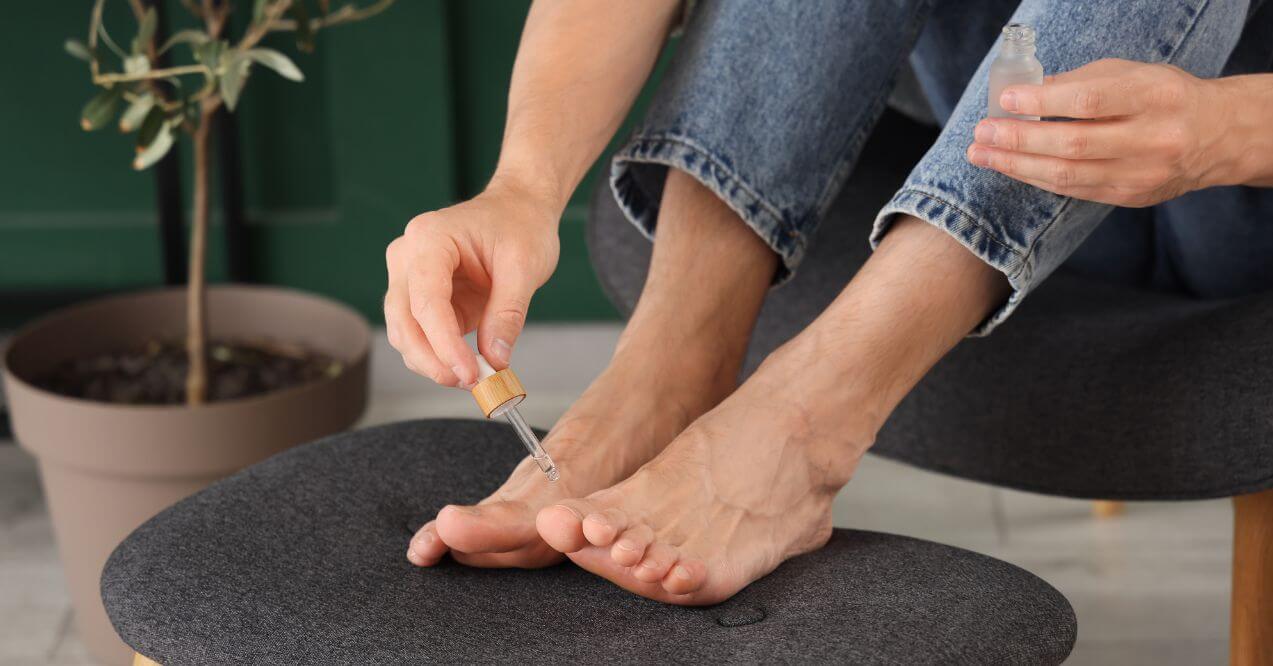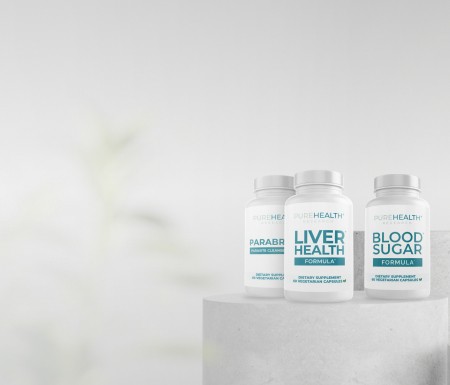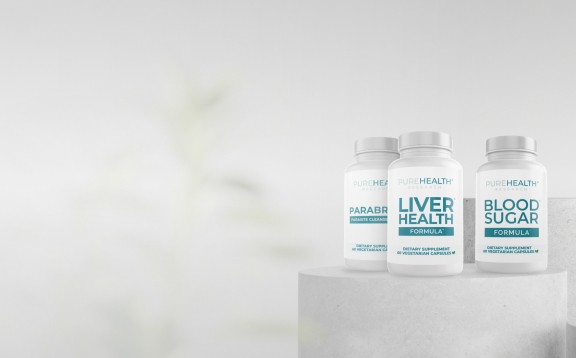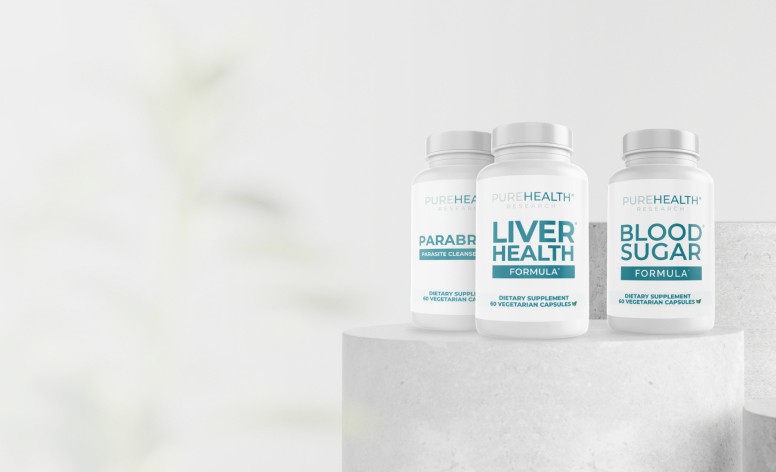Does Alcohol Kill Toe Fungus?
Does alcohol kill toe fungus? Are home remedies effective? Is there a better solution out there? This article has all the answers.
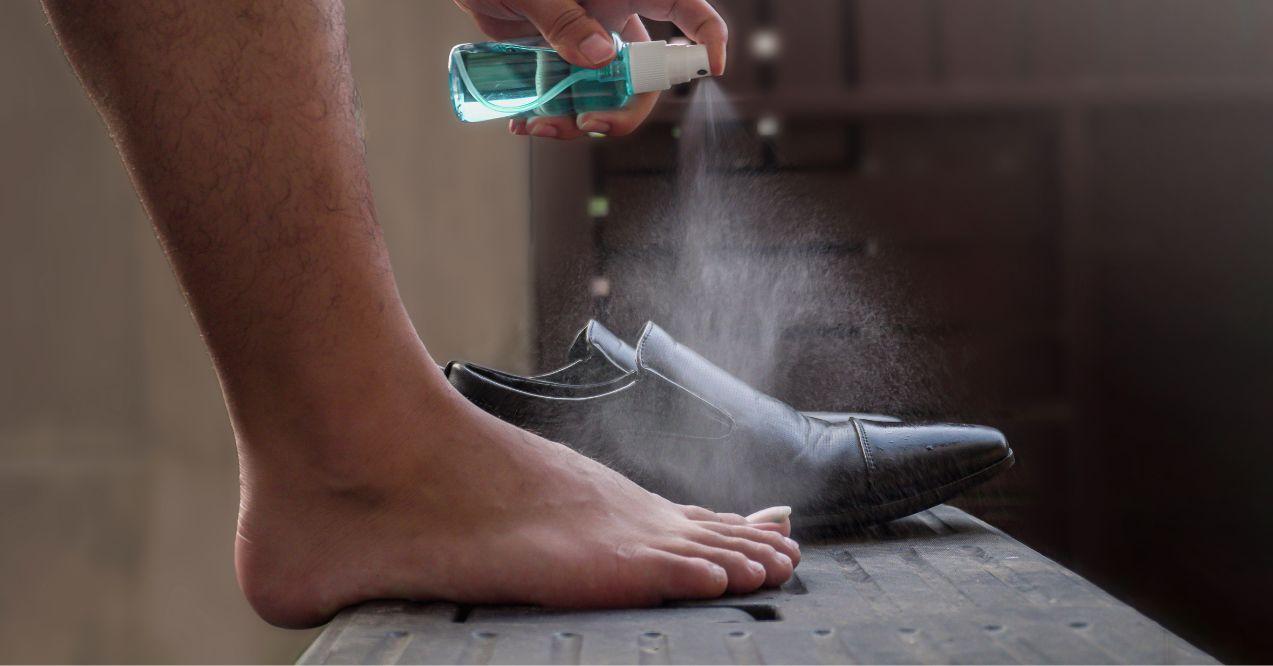

Does alcohol kill toe fungus? That’s a great question, and we’re here to answer it and more. Before we do that, let’s define the issue at hand. Onychomycosis, the medical term for toenail fungus, is common.
Caused by fungi, yeast, or mold, the condition spreads when the environment is right. Fungi find warm, moist environments the most appropriate for flaring an invasion. So, if you’ve noticed some nail discoloration, thickening, distortion, or brittleness, you may have fungi growing in the area.
As mentioned earlier, toe fungus is a typical occurrence, especially for older people and those with compromised immunity, trauma, or poor circulation. When it comes to treating this condition you must understand that there’s no one-size-fits-all solution.
One important aspect of treatment is knowing how to know if toenail fungus is dying. This knowledge can help you monitor the effectiveness of your treatment and adjust as necessary.
You may be curious as to whether natural solutions may work more effectively compared to prescription medications or laser therapies. Well, numerous remedies to toenail fungus exist, so let’s explore some answers!
Why Is Toenail Fungus So Hard to Eliminate?
Eliminating toenail fungus can be challenging due to several factors related to the nature of the fungus, the conditions in which it thrives, and the protective barriers that hinder effective treatment.
- Slow Growth – Toenail fungus typically grows slowly and can penetrate deep into the nail bed. Therefore, it’s difficult for antifungal medications to reach and eliminate the entire fungal population.
- Protective Structures – The fungus creates defensive structures to shield itself from external threats. These make it challenging for topical medications to penetrate and reach the underlying fungal invaders.
- Keratinized Tissues – The toenail is composed of keratin, a tough protein. Fungal organisms have the ability to utilize keratin as a nutrient source. The keratinized tissues provide a protective environment for the fungus, making it resistant to treatment.
- Persistence in the Environment – Toenail fungus can survive in the environment for extended periods. Even if initial treatment successfully reduces the visible symptoms, residual fungal elements may still exist in the background, such as in shoes, socks, or on surfaces, leading to potential recurrence.
- Chronic Nature of the Pathogen – Toenail fungus is often a chronic condition that tends to persist over a long period, making it challenging to treat.
- Resistance to Treatment – Some fungal strains may develop resistance to certain antifungal medications[1] over time, necessitating a change in the treatment approach.
- Underlying Health Conditions – Medical conditions such as impaired blood sugar, immune disorders, or circulatory issues can compromise the body’s ability to fight pathogens. In individuals with these underlying conditions, toenail fungus may be more persistent and difficult to eliminate.
- Recurrence Risk – Even after successful treatment, individuals may remain at risk of recurrence, especially if they don’t follow preventive measures consistently.
Does Alcohol Kill Toe Fungus? An Answer From Experts
Alcohol, particularly isopropyl alcohol or rubbing alcohol[2], is known for its antimicrobial properties and ability to kill certain types of bacteria and fungi. However, its effectiveness in treating toenail fungus is limited. While alcohol can help reduce the number of fungi on the skin’s surface, it may not effectively penetrate the nail to reach the deeper pathogens associated with toenail fungus.
To conclude, the alcohol does not kill toe fungus. However, while you can’t use alcohol to treat the condition effectively, we’re not saying it’s completely useless. Read on to find out more about alcohol benefits.
How to Treat Toenail Fungus With Rubbing Alcohol
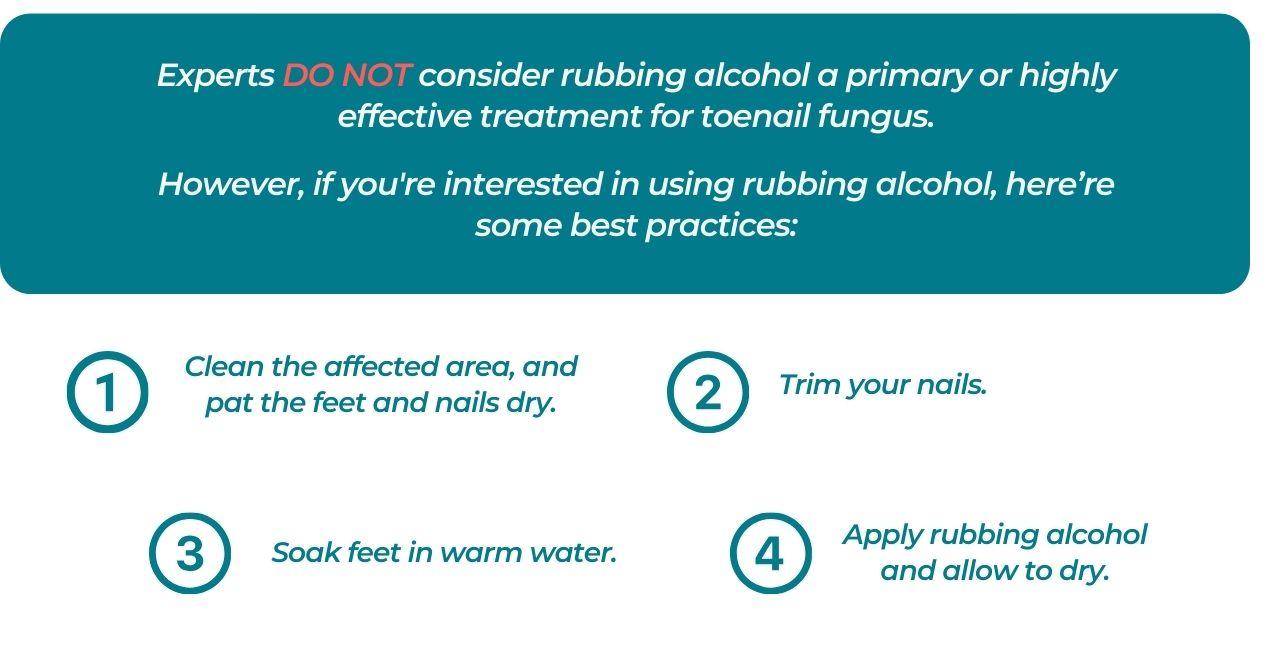
While rubbing alcohol (isopropyl alcohol) has some antimicrobial properties, experts do not consider it a primary or highly effective treatment for toenail fungus. Toenail fungus is a persistent contagionthat often requires specific antifungal interventions. However, if you’re interested in using rubbing alcohol as a part of your toenail fungus care, here are some general steps:
- Clean the affected area, and pat the feet and nails dry.
- Trim nails.
- Soak feet in warm water.
- Apply rubbing alcohol and allow to dry.
Repeat this process daily. Meanwhile, keeping the affected area clean and dry is necessary. If you notice irritation, discontinue using alcohol as treatment.
If you’re sharing clippers, there’s an extra step to take: cleaning them! Now, does alcohol kill toe fungus on nail clippers? This question is more straightforward to answer, as it’s a definite yes.
Pros and Cons of Rubbing Alcohol Treatment
Using rubbing alcohol as a treatment for toenail fungus has both potential benefits and drawbacks. It’s crucial to weigh the pros and cons before using this method. Keep in mind that while rubbing alcohol may have some antimicrobial properties, it might not be the most effective standalone treatment for toenail fungus.
Drawbacks and Risks
The use of rubbing alcohol as a treatment for toenail fungus presents several limitations:
- Its effectiveness is hindered by its limited ability to penetrate the nail bed where the fungal contagion is commonly situated.
- The drying nature of alcohol, if applied frequently, may lead to skin dryness and irritation, potentially exacerbating certain skin conditions. Direct application of alcohol to the skin poses a risk of irritation, particularly in cases where the skin is broken or sensitive.
- Relying solely on rubbing alcohol may not offer a comprehensive solution to toenail fungus, a persistent and stubborn pathogen that often necessitates more targeted antifungal treatments.
- Addressing only the visible symptoms with alcohol may not eliminate the environmental sources of the invasion, posing a risk of recurrence over time.
Therefore, individuals considering rubbing alcohol as a toenail fungus remedy should be aware of these limitations and may need to explore more comprehensive and targeted treatment options in consultation with a healthcare professional.
Benefits of Using Rubbing Alcohol
Does rubbing alcohol kill toe fungus? While it might not be the optimal solution, rubbing alcohol, known for its antimicrobial properties, offers several potential advantages as a remedy for toenail fungus:
- Its ability to reduce the number of fungi on the skin and nails makes it a potentially beneficial agent in combating the pathogen.
- The cleaning effect of alcohol is noteworthy, as it aids in removing debris from the affected area, potentially lowering the risk of secondary bacterial contagions.
- The accessibility of rubbing alcohol over the counter and its affordability make it a convenient option for individuals seeking a cost-effective solution.
- The simplicity and ease of application further contribute to its appeal, requiring minimal equipment and facilitating a straightforward process for those considering it as part of their toenail fungus care.
Mechanism of Action
Rubbing alcohol is effective against a variety of microorganisms, including bacteria and fungi. Its antimicrobial properties can help reduce the number of fungi on the surface of the skin and nails. As it disrupts the cell membranes of microorganisms, the fungal cell structure breaks down.
Moreover, because of its dehydrating effect, alcohol creates an environment that is less conducive to fungal growth. Fungi, including the ones causing toenail invasions, thrive in warm and moist conditions. Although alcohol isn’t sufficient in treating toenail fungus, it helps remove debris, dirt, and other materials from the affected toenail area.
How Does Vinegar Cure Toenail Fungus?
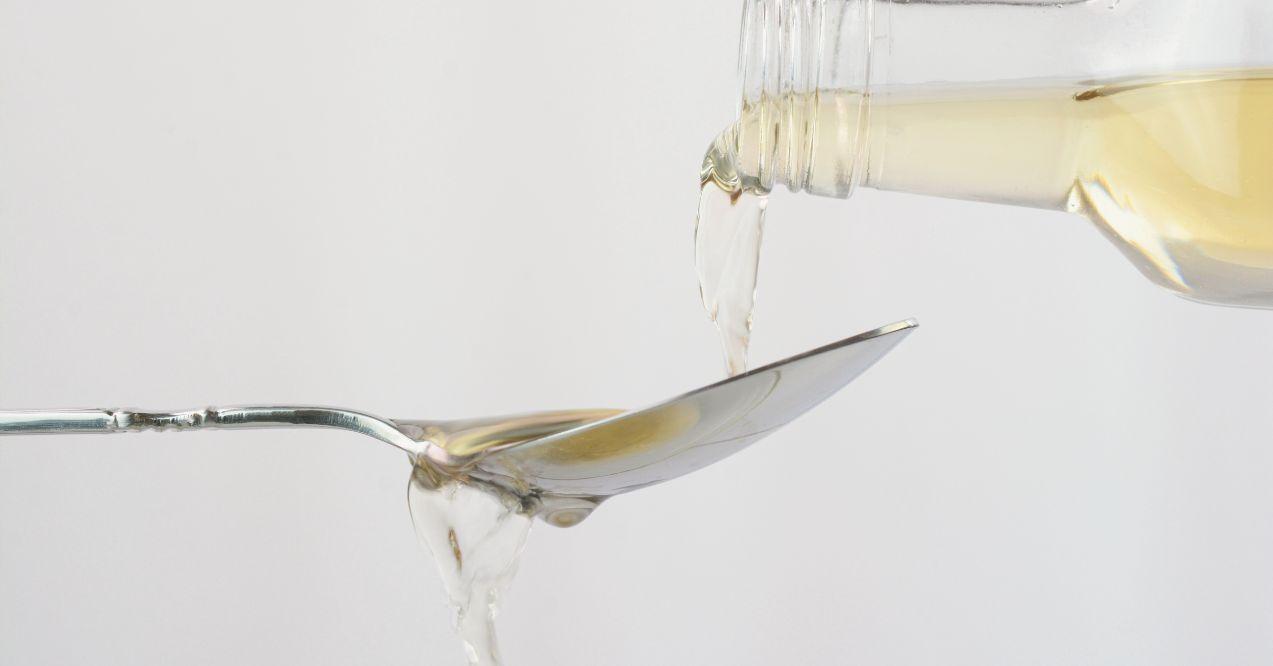
Vinegar as a remedy for toenail fungus is a common home treatment rooted in its acetic acid content, which possesses recognized antimicrobial properties. The acetic acid in vinegar creates an environment hostile to some fungi, potentially inhibiting their growth. Additionally, the fungicidal effects of acetic acid, which disrupt fungal cell membranes, may contribute to its potential efficacy against toenail fungus. The acidic nature of vinegar[3] may also alter the pH of the affected area, creating conditions less favorable for fungal growth.
However, it’s important to note that while some anecdotal evidence supports the use of vinegar, robust scientific studies directly comparing its effectiveness to conventional antifungal treatments are lacking. Toenail fungus is often a persistent and challenging condition, and success with vinegar treatments can vary. Its use may be more effective as a preventive measure or in the early stages of the invasion. Consistency in application and considering vinegar as part of a comprehensive approach to foot hygiene and preventive care may enhance its potential benefits.
Can Fresh Aloe Vera Gel Cure Toenail Fungus?
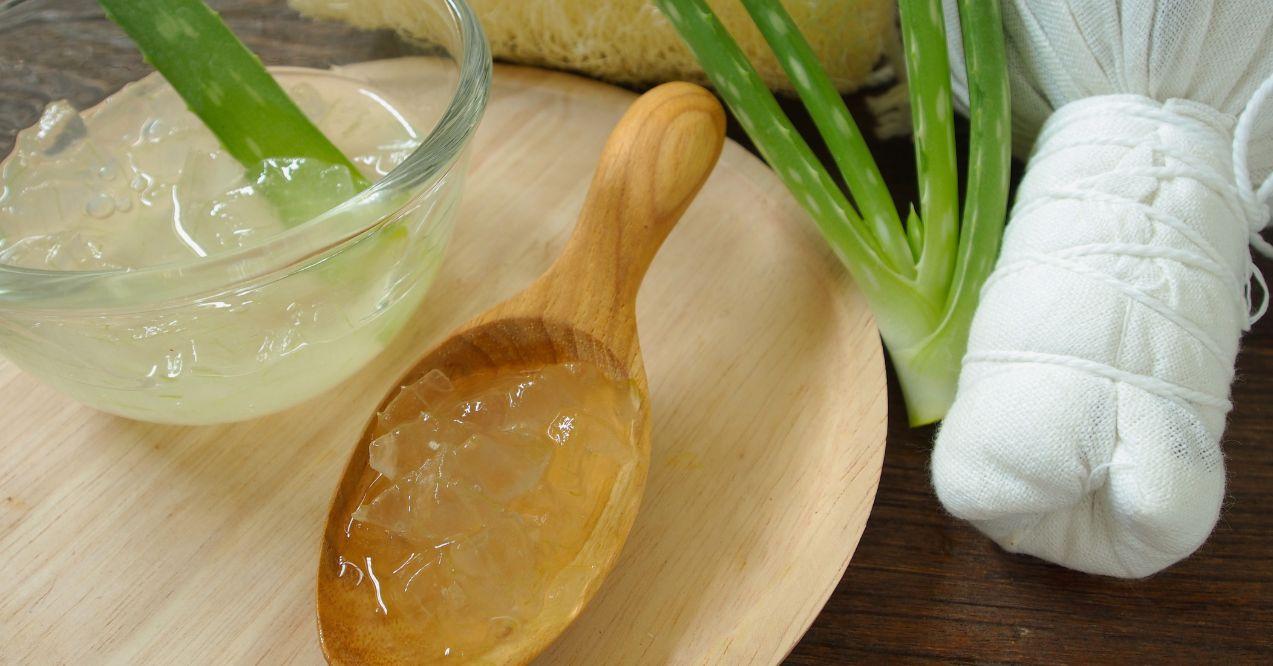
Aloe vera has various therapeutic properties, including its potential anti-inflammatory, antimicrobial, and moisturizing effects. Anecdotal evidence suggests that aloe vera may be beneficial in addressing certain skin conditions, and its effectiveness in curing toenail fungus[4] is well-established through scientific research.
Toenail fungus is often a persistent and challenging condition. Aloe vera may alleviate symptoms and contribute to overall foot health, but it may not serve as a definitive cure, especially in more advanced cases. Aloe vera could be a complementary treatment in conjunction with other antifungal interventions. It may help address symptoms and promote skin health but is unlikely to eliminate the fungal growth on its own.
Other Ways to Treat Toe Fungus
So, does alcohol kill toe fungus? Not exactly. However, there are other fixes you can try, both home- and medical-based. Some home remedies (topical treatments) include:
- Tea tree oil
- Apple cider vinegar
- Baking soda paste
- Coconut oil
- Garlic
On the other hand, here are some examples of medical treatments:
- Topical antifungal creams, ointments, or nail lacquers
- Oral antifungal meds
- Laser therapy
- Photodynamic therapy
One effective way to combat toenail fungus is with supplements for toenail fungus—carefully formulated blends of natural ingredients and immune-supporting botanicals. These supplements often combine multiple antifungal compounds, including:
- Oregano – Combats toenail fungus, athlete’s foot, ringworm, and nail bacterial incursions
- Garlic – Inhibits yeast growth and alleviates symptoms of nail fungus
- Wormwood – Shows a broad spectrum of antibacterial and antifungal activity
- Turmeric – Supports the immune system to fight against fungal invaders
- Bioperine – Aids nutrient absorption, notably turmeric
- Caprylic Acid – Penetrates the cell walls of the fungi and disrupts their survival
- Basil – Reduces discomfort and supports a healthy immune system thanks to its antioxidant properties
- Apple Cider Vinegar: Promotes gut health and has antifungal properties
- Olive Leaf – Inhibits fungal growth
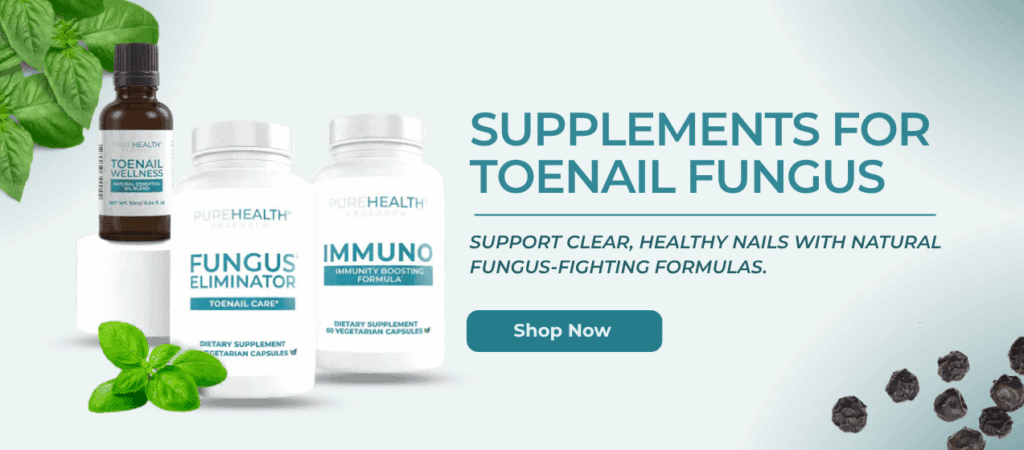
Many of these ingredients are supported by research for their ability to target toenail fungus deep beneath the nail surface, where topical treatments may struggle to reach. By addressing fungal overgrowth systemically, these supplements offer a comprehensive, natural approach—without relying on harsh medications that may affect immune function.
It’s important to understand that fungal infections feed on keratin—the protein that makes up your nails—so once damage occurs, the nail itself remains affected until new, healthy growth replaces it. Because fungal spores can remain dormant within the body and reemerge, consistent use of antifungal supplements can help deactivate fungal growth and interrupt its lifecycle. This allows nails to grow back clear and strong while supporting ongoing protection against recurrence.
Key Takeaways
In this conversation, we answered the question, “Does alcohol kill toe fungus?” and explored various aspects of toenail fungus, its causes, symptoms, and treatment options. Toenail fungus, a common fungal contagion affecting the nails, thrives in warm, moist environments, making toenails susceptible. Early detection is crucial, and seeking professional advice is recommended for an accurate diagnosis and appropriate treatment plan. Treatment options include:
- Topical medications
- Oral medications
- Laser therapy
- Surgical intervention
While home remedies like rubbing alcohol, vinegar, and aloe vera are an important consideration, their effectiveness is often limited, and a comprehensive approach is encouraged. In contrast, medical treatments, such as antifungal medications and laser therapy, offer more targeted solutions. It’s essential to consider both the potential benefits and limitations of various treatments and, when needed, consult with healthcare professionals for personalized guidance.
Overall, maintaining good foot hygiene, adopting preventive measures, and staying consistent with treatments contribute to the effective management of toenail fungus. Natural supplements are crucial, too!
Both vinegar and alcohol have some antifungal properties, but their effectiveness can vary, and neither cures toenail fungus definitively.
Firstly, don’t ignore the symptoms or wear poorly ventilated footwear. Walking barefoot in public spaces and sharing nail care tools are bad ideas, too. Finally, don’t depend solely on home remedies.
Unfortunately, home remedies aren’t entirely effective for combating toenail fungus. However, many people use tea tree oil, vinegar, Listerine, garlic, oregano oil, and hydrogen peroxide to help fix the issue.
Advertisement. This site offers health, wellness, fitness and nutritional information and is designed for educational purposes only. You should not rely on this information as a substitute for, nor does it replace, professional medical advice, diagnosis, or treatment. If you have any concerns or questions about your health, you should always consult with a physician or other health-care professional. Do not disregard, avoid or delay obtaining medical or health related advice from your health-care professional because of something you May have read on this site. The use of any information provided on this site is solely at your own risk.
Nothing stated or posted on this site or available through any services are intended to be, and must not be taken to be, the practice of medical or counseling care. For purposes of this agreement, the practice of medicine and counseling includes, without limitation, psychiatry, psychology, psychotherapy, or providing health care treatment, instructions, diagnosis, prognosis or advice.
Sign up for our Healthy Living newsletter!
Advertisement. This site offers health, wellness, fitness and nutritional information and is designed for educational purposes only. You should not rely on this information as a substitute for, nor does it replace, professional medical advice, diagnosis, or treatment. If you have any concerns or questions about your health, you should always consult with a physician or other health-care professional. Do not disregard, avoid or delay obtaining medical or health related advice from your health-care professional because of something you may have read on this site. The use of any information provided on this site is solely at your own risk.
